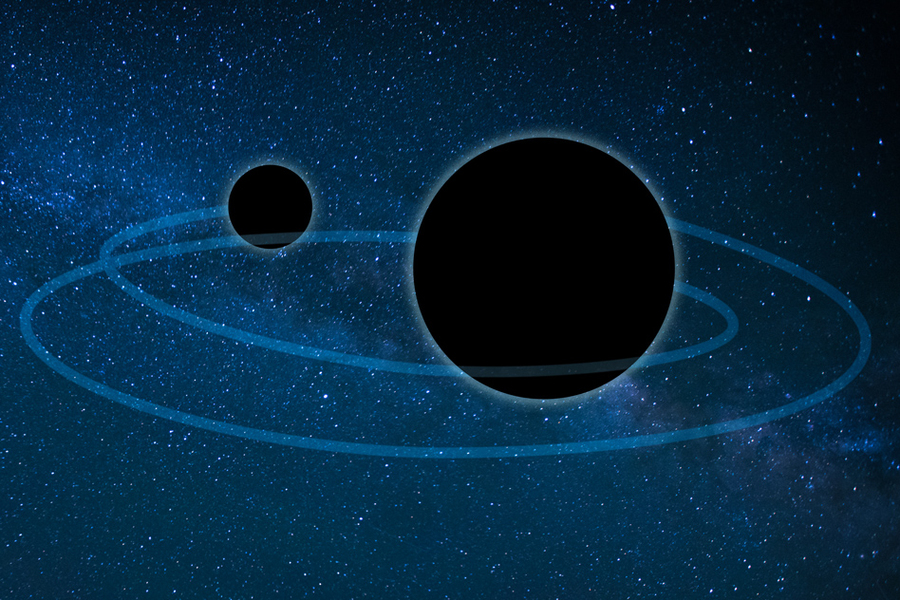
Researchers suggest a novel process to explain the collision of a large black hole and a much smaller one. A lopsided merger of two black holes may have an oddball origin story, according to a new study by researchers at MIT and elsewhere.
The merger was first detected on April 12, 2019 as a gravitational wave that arrived at the detectors of both LIGO (the Laser Interferometer Gravitational-wave Observatory), and its Italian counterpart, Virgo. Scientists labeled the signal as GW190412 and determined that it emanated from a clash between two David-and-Goliath black holes, one three times more massive than the other. The signal marked the first detection of a merger between two black holes of very different sizes.
Now the new study, published today in the journal Physical Review...
Read More





Recent Comments